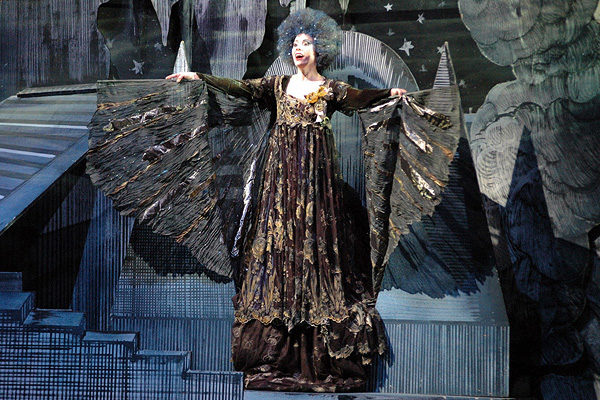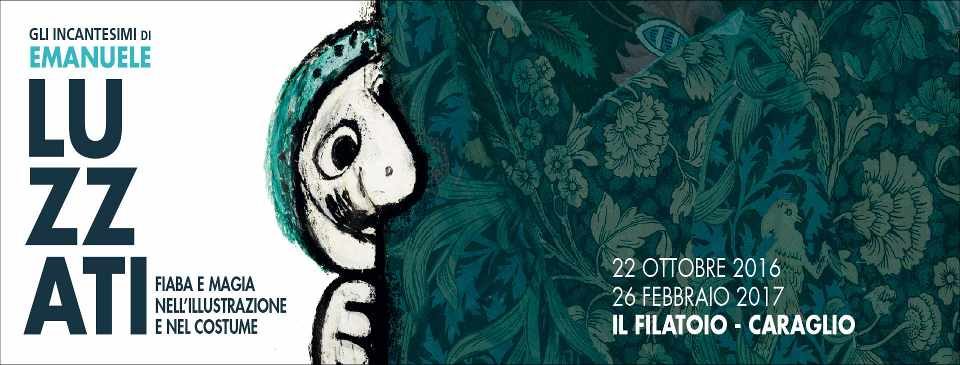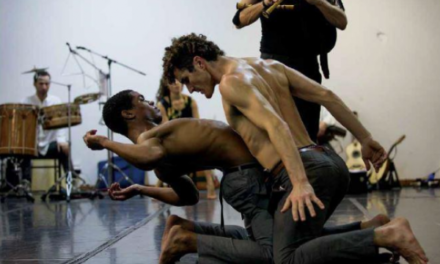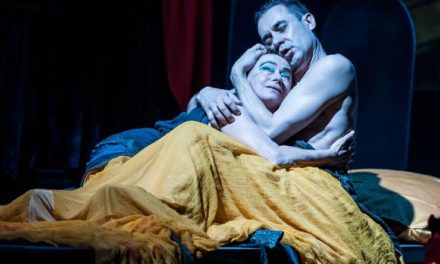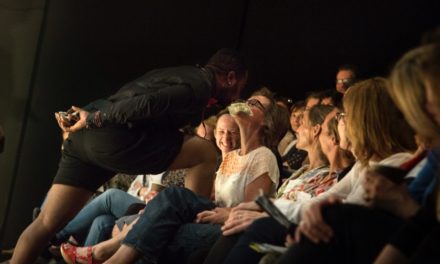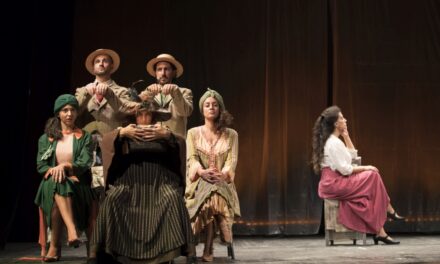Ten years ago, on 26 January 2007, Emanuele Luzzati died, in Genua. He was one of Italian theatre’s most important illustrators and designers of theatre sets and costumes. He was a magician of figurative arts: his work was characterized by a special fantastic style, winning the admiration of international audiences. The documentary exhibition Gli incantesimi di Emanuele Luzzati. Fiaba e magia nell’illustrazione e nel costume (The Enchantments of Emanuele Luzzati: Fairy-tale and Magic in Illustration and Costume Design), which runs from 22 October 2016 to 26 February 2017 at the Filatoio Rosso, in Caraglio (curators Dr. Roberta Orsi Landini and Dr. Bruna Niccoli), is a good occasion to be amazed at his artistic creations.
Visitors to the exhibition enter a story with kings, queens, princes and princesses. Then, they pass into the animal kingdom, meeting ogres and witches: in this charming world made by spells and fortunes, castles and adventures, the essence of human life is emphasized. The immediacy and the genial expressiveness of Luzzati’s work is evident in his drawings, but also in some costumes and rare illustrated editions, such as Grimm’s Fairy Tales.
https://www.youtube.com/watch?v=4JsR_iUcf4g%20
Luzzati was born in Genua on 3 June 1921 into a Jewish family. In 1940, he had to seek refuge in Switzerland because of the Fascist racial laws: in Lausanne, he attended the École des Beaux Arts, and his first experience as a stage designer was Solomon and the Queen of Sheba (in collaboration with his Jewish friends Alessandro Fersen, Aldo Trionfo and Guido Lopez). Returning to Italy in 1947, he continued with the staging of Lea Lebowitz, a play written by Alessandro Fersen and based on a Hasidic legend.
In the 1950s, Luzzati was employed in productions for leading Italian companies, and conquered a large audience. In the 1960s, he began a fruitful collaboration with the director Franco Enriquez, and later collaborated with the director Tonino Conte. With Giulio Gianini, he also began his appreciated work on animated cartoons and was nominated for Academy Awards for two short films: La Gazza Ladra (The Thieving Magpie, 1965) and Pulcinella (1973).
During his long career, Luzzati provided designs for the London Festival Ballet, the English Opera Group, the Scottish Opera, the Glyndebourne Festival, the Chicago Opera House, the Vienna Staatsoper and all the leading Italian opera houses. His poetic creations for Mozart’s The Magic Flute are memorable.
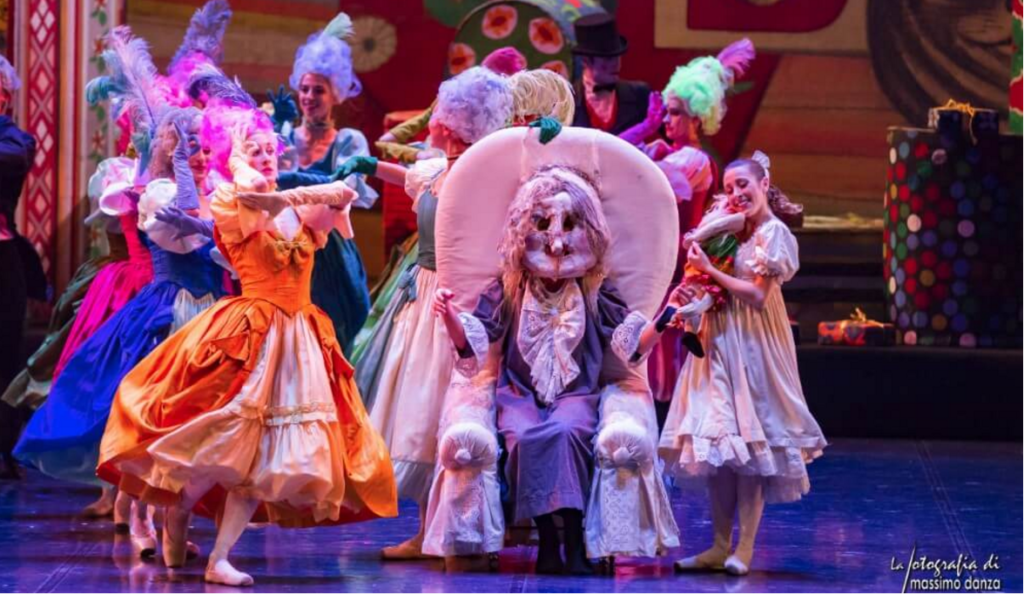
Nutcracker.Directed and choreographed by Amedeo Amodio. The striking designs by the Oscar-nominated Italian designer, painter, animator and illustrator, Emanuele Luzzati. Photo credit Massimo Danza (Press photo).
In 2001, in celebration of his 80th birthday, the “Emanuele Luzzati Museum” was officially opened in Genua. It is located in the Old Port, in the evocative rooms of Porta Siberia—built in the 16th century and restored in 2000 by the famous architect Renzo Piano.
Luzzati died of a heart attack, just before the official ceremony of the “Grifo d’Oro” honoring him as a renowned citizen of Genua: he had spent his life in this town and considered it a great muse for his creative inspiration. The mayor of Genua chose Holocaust Memorial Day—27 January—to pay homage to Luzzati’s position as a Jewish artist, keeping alive the memory of his human experience for new generations.
The documentary exhibition at the Filatoio Rosso in Caraglio is organized to coincide with the 10th anniversary of Luzzati’s death. It evokes with intensity the joy and the emotions of his art, aimed at offering the magic power of theatre.
This post was written by the author in their personal capacity.The opinions expressed in this article are the author’s own and do not reflect the view of The Theatre Times, their staff or collaborators.
This post was written by Maria Pia Pagani.
The views expressed here belong to the author and do not necessarily reflect our views and opinions.

